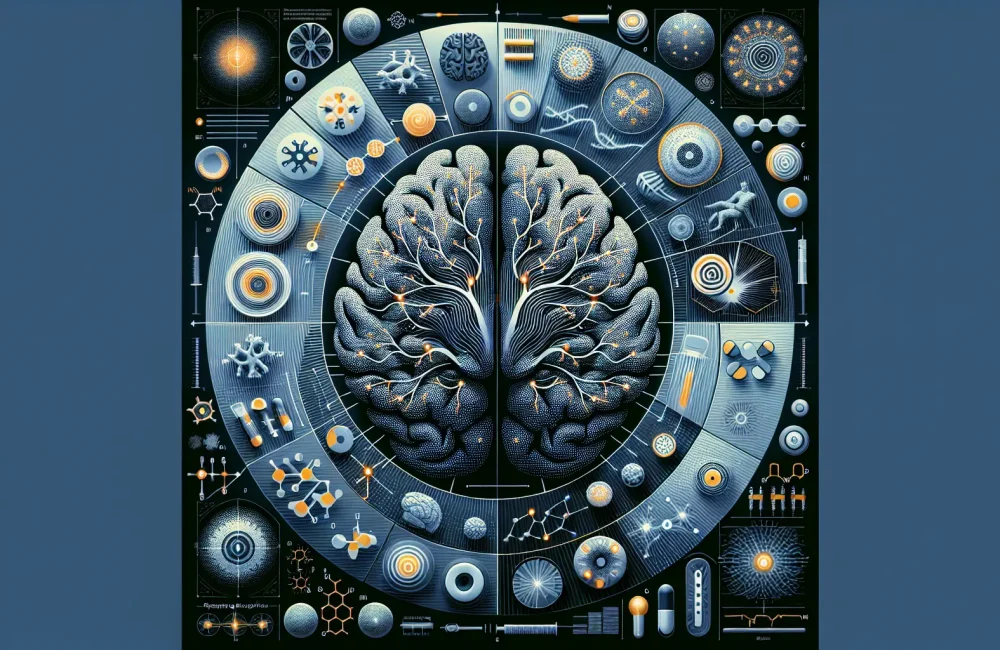By CAFMI From Nature Reviews Neurology
Understanding Freezing of Gait in Parkinson’s Disease
Freezing of gait (FOG) is a challenging and disabling symptom commonly seen in Parkinson’s disease and other related disorders. It manifests as brief, episodic inability to initiate or continue walking, causing patients to feel as though their feet are glued to the ground. These episodes often occur during gait initiation, turning, or when navigating obstacles, which significantly increases the risk of falls and impacts daily functioning. The underlying mechanisms of FOG are complex, involving multiple brain regions responsible for movement, coordination, and cognitive control. Dysfunction in cortical, subcortical, and brainstem networks disrupts normal locomotion and sensorimotor integration, leading to these freezing episodes. Understanding these mechanisms is crucial for clinicians as it informs more precise and personalized management approaches to improve patients’ mobility and safety.
Tailored Therapeutic Approaches for Freezing of Gait
Managing FOG effectively requires a comprehensive and individualized approach. Pharmacological optimization remains a cornerstone of treatment, aiming to adjust Parkinson’s medications to minimize freezing episodes without worsening other symptoms. Physical therapy plays a vital role, with interventions such as cueing techniques and motor training exercises designed to improve gait initiation and continuation. These include auditory or visual cues that help patients overcome freezing by promoting rhythmic stepping. Cognitive-behavioral therapies can also support patients by addressing anxiety or fear related to freezing episodes, which may otherwise exacerbate symptoms. For patients with refractory or severe FOG, advanced interventions like deep brain stimulation (DBS) may be considered, targeting specific brain regions to improve motor control. This multifaceted approach ensures that management plans align with the unique triggers and underlying mechanisms in each patient’s presentation.
Clinical Implications and Improving Patient Outcomes
For primary care physicians, recognizing and addressing FOG is essential to reducing fall risk and maintaining patient independence. Early identification of freezing patterns enables timely referrals to specialists and multidisciplinary teams for comprehensive assessment and intervention. Understanding that FOG is not solely a motor issue but also involves cognitive and sensory components broadens the scope for effective treatment. Educating patients and caregivers about trigger situations and self-management strategies enhances adherence and outcomes. By applying these mechanism-based, practical recommendations, primary care clinicians can play a pivotal role in optimizing mobility, preventing complications, and improving quality of life for patients living with Parkinson’s disease and freezing of gait.
Read The Original Publication Here






